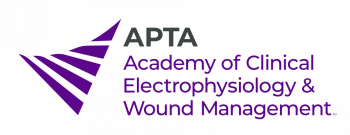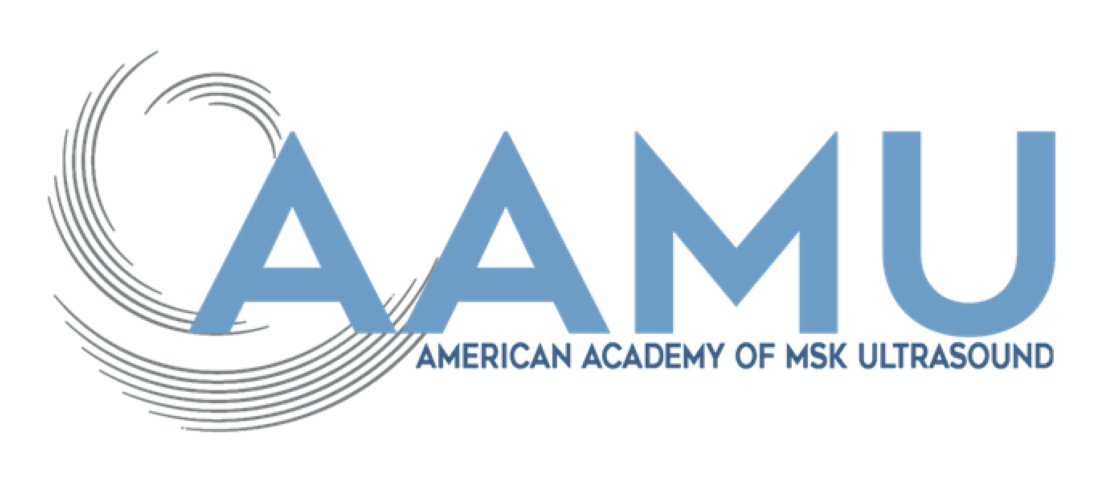The Feasibility of Substituting Dry Needling for Surface Electrodes during Neuromuscular Electrical Stimulation of the Quadriceps.
Abstract
Purpose:
Neuromuscular electrical stimulation (NMES) of the quadriceps following knee surgery has been observed to be poorly tolerated, particularly in early post-operative rehabilitation. Since dry needling is used with electrical stimulation for pain relief, the purpose of this study was to investigate the feasibility of substituting dry needling for surface electrodes during NMES of the quadriceps.
Methods:
A quasi-experimental, one group design with repeated measures of each factor was used. Sixty-five healthy participants completed the study. The maximum voluntary isometric contraction (MVIC) of the quadriceps was compared to contractions achieved with conventional NMES (CNMES) and NMES with dry needling (DN-NMES). With the exception of amplitude, NMES parameters were the same for both interventions. NMES amplitude was increased to the threshold of maximum tolerance with discomfort measured by a visual analog scale (VAS).
Results:
During C-NMES, average quadriceps contractions were 20.0% of MVIC at 39.8 mA and a VAS of 4.3 cm. During DN-NMES, average quadriceps contractions were 10.6% of MVIC at 11.2 mA and a VAS of 5.1 cm.
Conclusions:
DN-NMES was significantly less tolerable and achieved significantly lower contractile force than C-NMES. Therefore, dry needling should not be substituted for surface electrodes during NMES of the quadriceps, at least not at stimulator parameters normally associated with quadriceps strengthening. Keywords: dry needling, neuromuscular electrical stimulation, arthrogenic muscle inhibition, quadriceps


